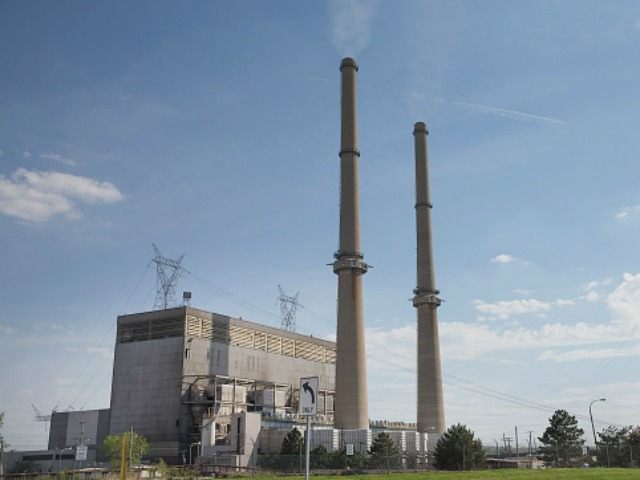Mike Tyson, the poet pugilist, once memorably said, “Everybody’s got a plan until he’s hit in the mouth.” Recently, the U.S. Supreme Court hit the Obama administration squarely in the mouth when it took the unprecedented step of blocking the Environmental Protection Agency’s (EPA) massive “Clean Power Plan” (CPP).
In a ruling that stunned the White House, the Court determined that states should not be compelled to pay the exorbitant costs of the president’s “carbon reduction plan” until a federal court determines its legality. What’s more, the Court’s majority—siding with the majority of states—implied that the regulation would ultimately be judged unlawful.
The decision sent the EPA reeling to the canvas. But it drew applause from the 27 states currently suing to halt a large-scale transformation of their energy grids through one of the most far-reaching regulations ever imposed. The EPA had arbitrarily set a carbon reduction target for each state’s power sector—all in an effort to reduce nationwide carbon dioxide emissions 32 percent by 2030.
In practice, this means shutting down power plants that burn coal and replacing them with backup power systems for renewable fuels. It also means building new transmission infrastructure and relying on more costly sources of energy. If all of this sounds like an expensive proposition to you, then you know more than EPA (which grossly underestimated these costs in its calculations.)
Bowing to the EPA and transforming a state’s entire power supply costs billions of dollars. States that were preparing to submit compliance plans for EPA’s approval by late summer were already incurring substantial costs. Utility companies often don’t object, knowing they’ll eventually pass along these costs to ratepayers. But the high court realized that these costs are real. In their view, consumers should not have to pay when there’s “a fair prospect” that EPA’s plan is unlawful.
So why then are some states continuing to spend money on EPA’s plan? After the Court’s February 9 ruling, the EPA’s deadlines, timetables, and emission reduction targets are meaningless. That should have freed states like Colorado, Virginia, and Missouri to spend money and resources on their own energy priorities, not on potentially unlawful ones cooked up in Washington. Their governors should not be planning to shut down useful and affordable power plants and replace them with new plants. Nor should they have to fend off costly lawsuits for failing to achieve goals they had no part in setting.
This entire expense will be pointless – and taxpayer money wasted – if the rule is struck down on judicial review, as many observers believe is likely. The Court’s extraordinary ruling suggests a high level of dissatisfaction with the legal basis for EPA’s rule.
Even in the very unlikely event the rule is upheld and the stay is lifted, deadlines for compliance will be delayed by several years (for the period of time that the stay was in effect.) Or a new administration may simply set aside the entire rule.
The enormous costs and risks of the Clean Power Plan might be worthwhile if there were important environmental benefits commensurate with the costs. But there aren’t. According to a 2015 analysis conducted for the National Mining Association (NMA) by Energy Ventures Analysis, the CPP will mean wholesale power prices soaring by 46 percent in half the states. It will also stick the country with a $64 billion tab to replace shuttered power plants, all while yielding a trivial reduction in global emissions that will be overwhelmed by emissions from China, India, and other emerging countries. EPA may view that as cost-effective but most Americans won’t.
Governors should tell their staffs to put down their pencils and accept the Court’s reprieve from this costly power plan. They should spend taxpayer dollars on projects that are legal, practical, and can actually do some good for their citizens.
Luke Popovich is vice president of external communications for the National Mining Association in Washington, D.C.

COMMENTS
Please let us know if you're having issues with commenting.